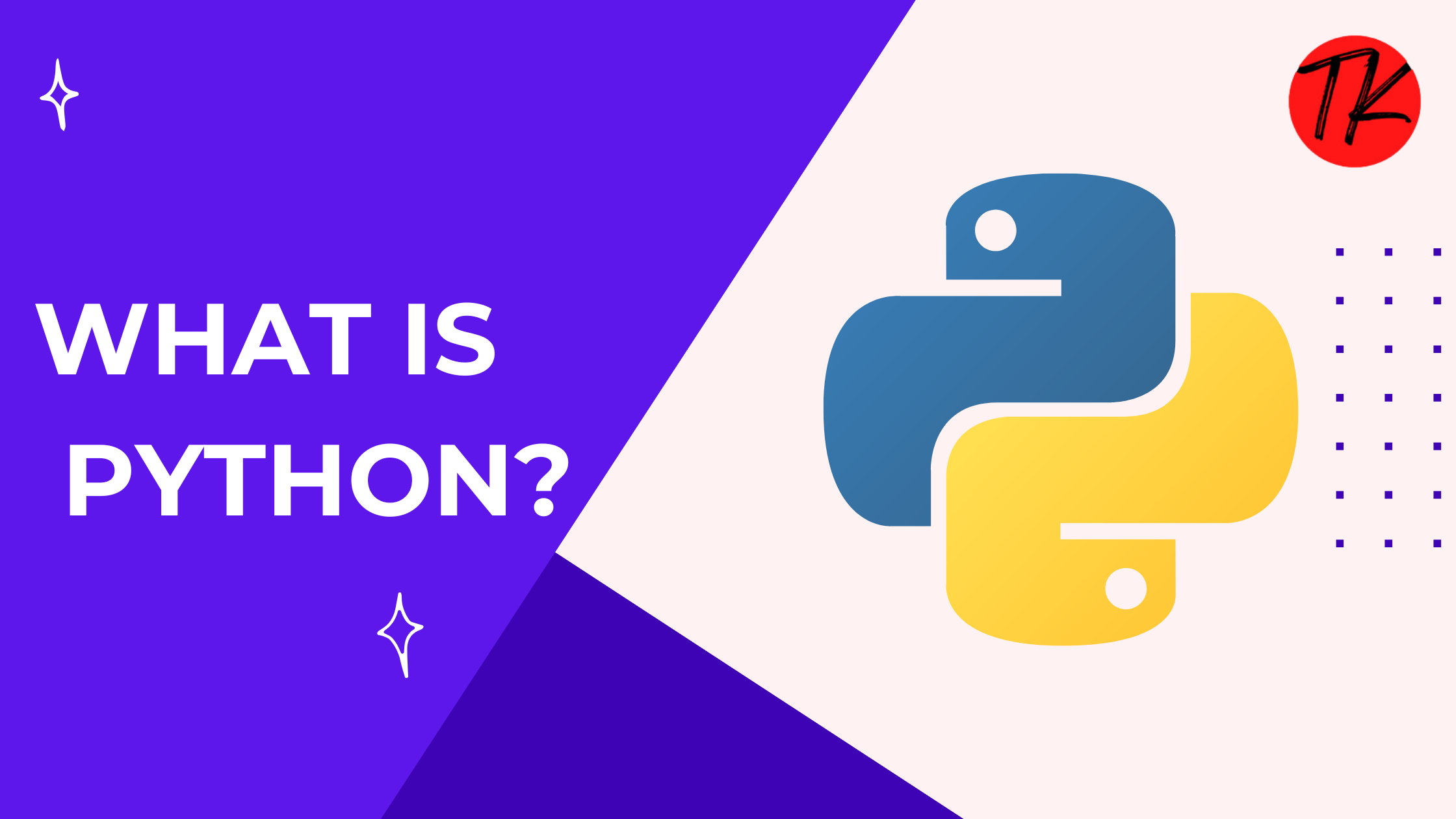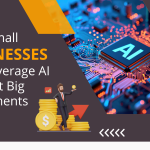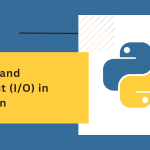Python is a high-level, general-purpose programming language designed to be easy to read and write. It was created by Guido van Rossum and released in 1991. It emphasizes code readability, using indentation instead of braces or brackets to define code blocks.
It is an interpreted language, meaning you don’t need to compile your code before running it. This makes the development process faster and easier to debug.
Table of Contents
Why is it Special?
- Simple Syntax: It’s syntax is designed to mimic natural language, making it easier for beginners to learn and write clean code.
- Versatility: It can be used for web development, data analysis, machine learning, automation, and more.
- Rich Ecosystem: It boasts a vast library of pre-built modules and packages, saving developers time and effort.
- Community Support: With a huge global community, It has extensive documentation, tutorials, and forums to help troubleshoot and learn.
Brief History
- 1989: Guido van Rossum started working on it as a hobby project.
- 1991: Python 1.0 was released.
- 2000: Python 2.0 introduced major features like list comprehensions and garbage collection.
- 2008: Python 3.0 was launched, addressing issues in previous version but not backward compatible.
- Today: It is maintained by a global community, with regular updates that add new features.
Applications
- Web Development
- Frameworks: Django, Flask.
- Used to create scalable and dynamic web applications.
- Data Science
- Libraries: Pandas, NumPy, Matplotlib, and Seaborn.
- Helps in analyzing, visualizing, and processing large datasets.
- Machine Learning and AI
- Frameworks: TensorFlow, PyTorch, Scikit-learn.
- Powers intelligent systems like chatbots and recommendation engines.
- Automation
- Automates repetitive tasks like data entry, file organization, and web scraping.
- Game Development
- Libraries like Pygame allow developers to build simple 2D games.
- Scientific Computing
- Used in research for simulations, data analysis, and complex calculations.
Why Choose Python as a Beginner?
It is perfect for beginners because:
- It has a gentle learning curve.
- You can achieve a lot with minimal code.
- It teaches you programming fundamentals without overwhelming complexity.
For instance, compare a simple “Hello, World!” program in it with other languages:
Python:
pythonCopyEditprint("Hello, World!")
Java:
javaCopyEditpublic class HelloWorld {
public static void main(String[] args) {
System.out.println("Hello, World!");
}
}
Clearly, It’s simplicity shines through!
Real-World Use Cases
- YouTube uses it for video processing.
- Instagram relies on it’s Django framework for its web application.
- NASA uses it for scientific computing and research.
Fun Facts
- The name “Python” isn’t related to the snake. It’s a tribute to the British comedy series “Monty Python’s Flying Circus.”
- Python is the third most-used language globally, after JavaScript and HTML/CSS (as of 2023).
How to Get Started?
- Installation:
- Visit Python.org and download the latest version for your operating system.
- Choose an IDE:
- Popular choices: PyCharm, VS Code, or Jupyter Notebook.
- Write Your First Program:
- Open the interpreter or IDE and type:
- pythonCopyEdit
print("Welcome to Python!")
- pythonCopyEdit
- Open the interpreter or IDE and type:
Key Features
- Interpreted Language:
You can execute code directly without compiling, making development faster. - Cross-Platform Compatibility:
It works seamlessly on Windows, macOS, Linux, and more. - Extensive Libraries:
From web development to machine learning, It has libraries for everything:- Requests: For making HTTP requests.
- OpenCV: For computer vision.
- Pillow: For image processing.
- Dynamic Typing:
It doesn’t require variable types to be declared:pythonCopyEditx = 10 # Integer x = "Hello" # Now a String - Community and Support:
It’s large community ensures constant innovation and resources for learners.
Conclusion
It is more than just a programming language; it’s a gateway to endless possibilities in the tech world. Whether you’re looking to build websites, analyze data, or create AI models, It is the perfect place to start. So, install it today, write your first program, and take the first step into the exciting world of programming!
Learn More:
C++ Storage Classes
AWS Lambda: A Complete Guide to Serverless Computing










